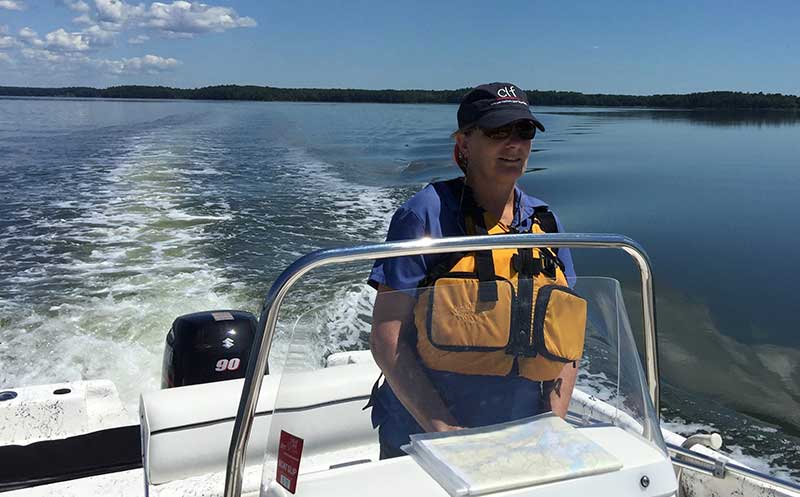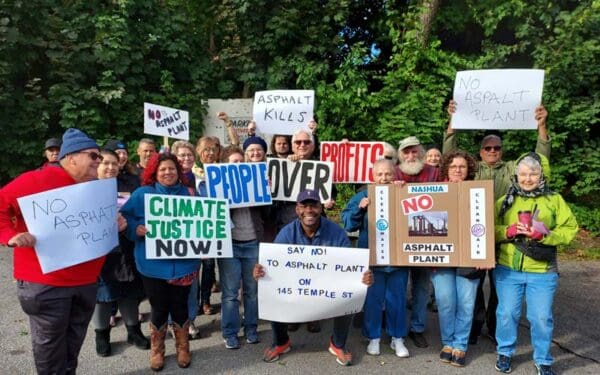
What draws you to Great Bay and the Piscataqua River?
I’ve lived in New Hampshire’s Seacoast region for years, raised my kids here, and poked around our harbors, salt marshes, and rivers as a sailor and kayaker. Besides this area just being so beautiful, I love the regional history that is written around the water. For hundreds of years, the Seacoast’s rivers and bays connected one community to another. But with our cars, roads, and bridges, it’s easy to forget that it’s our waterways that make our region so unique and such a special place to live, work and play.
What excites you about your role as Waterkeeper?
What is remarkable about the Seacoast region is how many different people and groups are involved in protecting and restoring our waterways. In every community, and around each of the seven rivers that feed the Great Bay–Piscataqua Estuary, are town officials, scientists, activists, state and federal managers, landowners, business leaders, and volunteers who really care about the region’s health. It is a privilege to work with so many dedicated, passionate people, connect more people to each other and the places they care about, and provide vision and leadership so we can make headway over the coming years.
What are the biggest concerns you hear from the Seacoast residents you meet?
It’s a tough time to be an environmental advocate and activist – the national political climate is challenging, and the forces of climate change are bearing down on us, with all sorts of ecological changes happening right in front of our eyes. For some, this can create feelings of hopelessness, but for many others, it’s a catalyst for action. And, while we might not be able to see major progress in environmental protection at a national level right now, we sure can make a difference here in our own backyard.
What are the most significant issues impacting the estuary and river today?
Helping communities, businesses, and homeowners reduce stormwater pollution is a huge focus of my work. We need to address sources of stormwater pollution that are hard to control because they come from all over – roads, lawns, streams, septic systems – and get washed into the water with the rain.
The other serious issue we face is the toxic pollution migrating off the two Superfund sites in our region – the former Pease Airforce Base and the Coakley landfill. We’re just seeing the tip of the iceberg with a new group of contaminants called PFCs that were buried in landfills and are now showing up in nearby drinking water wells and streams. My job as Waterkeeper is as focused on people’s health as it is on our ecosystem’s health.
What is one thing that people can do to make a difference?
Get involved! So many decisions are made all the time that impact our waterways, our environment, our health. Show up for public meetings, speak up, write letters, talk to your neighbors, let elected officials know you care about what we do on the land and how it impacts the water we drink and the waterways we love.




